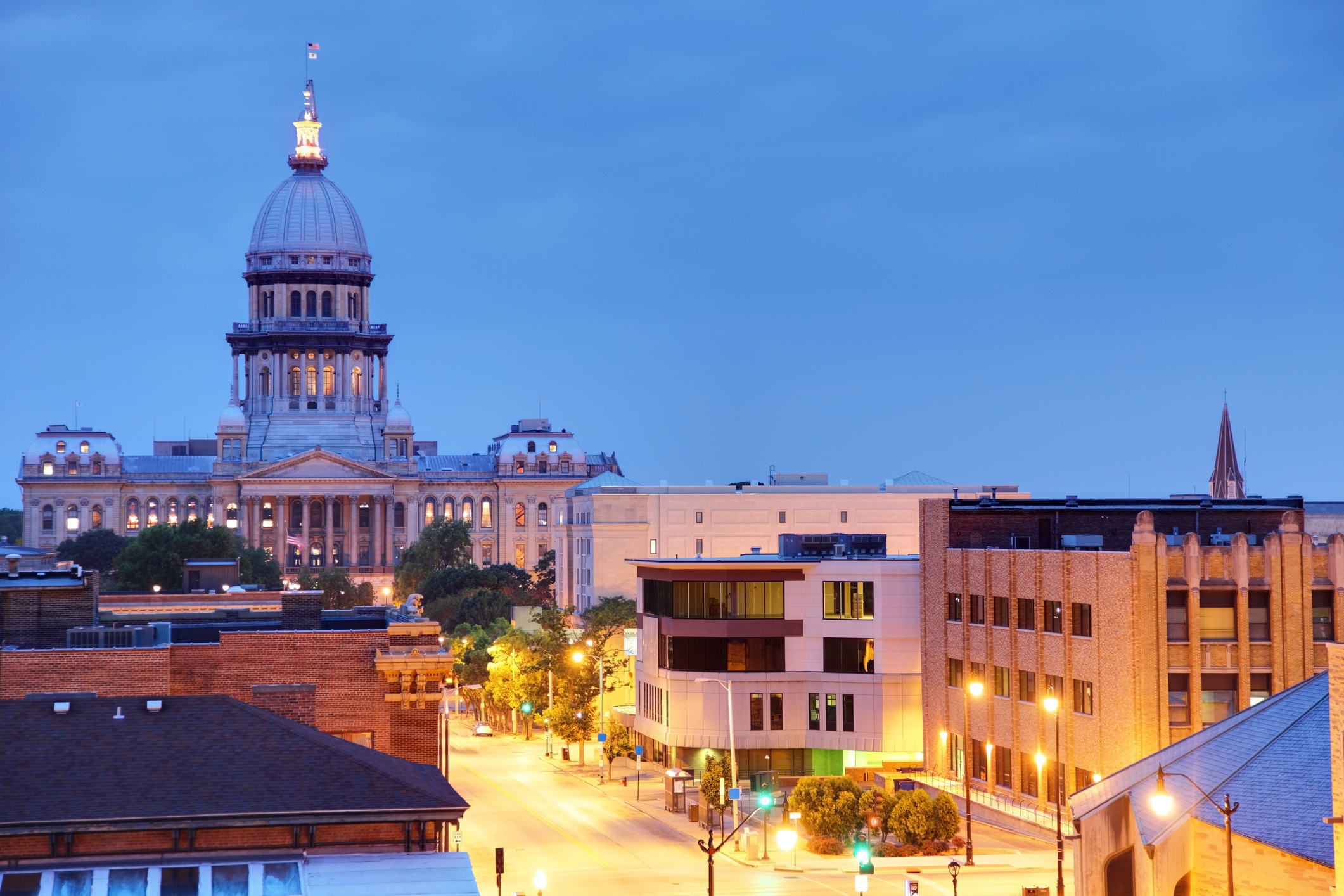In 1995, I moved from Decatur to Chicago. In Decatur, I paid $325 a month to rent a two-bedroom house with a basement, a carport, and a small yard. For the same money in Chicago, I got a studio apartment in Uptown with no air conditioning.
Decatur was affordable because it wasn’t a happening place. When I was living there, a national magazine named it one of the four worst cities for young people, calling it “a classic Rust Belter” three hours from the nearest big city.
Twenty-five years later, Decatur is even less happening. The Firestone plant closed in 2001, after the tires it manufactured caused a series of fatal rollovers. Archer Daniels Midland moved its global headquarters to Chicago in 2014, sending its most highly paid workers to the big city. According to data collected over the past decade by the U.S. Census Bureau, Decatur is the third fastest shrinking city in America. Rockford, another downstate city that has suffered from deindustrialization, is 15th on that list.
“Those cities are very susceptible to having populations hurt by the new service economy … because they have such a historical reliance, and a current reliance, on manufacturing and heavy-duty industry,” David Wilson, a University of Illinois professor of geography and urban planning, recently told the Tribune. “Those city economies that have not diversified, they really get hurt … People have a very difficult time living there and earning a living wage. And they become primed for thinking about leaving and trying to find something better.”
Overall, Illinois lost more residents than any state in the 2010s. Most of that loss took place downstate. While the six counties comprising the Chicago metro area either held steady or gained population, some southern Illinois counties lost as much as 10 percent of their population.
There may be new hope for downstate, though, in COVID-19. That's according to Business Insider, which just published a list of “the 30 best cities to live in after the pandemic” based on factors like population density, affordability, and percentage of residents with bachelor’s degrees. Five of the cities are in downstate Illinois, with our state capital, Springfield, coming in at number one. Bloomington, Champaign, Danville, and Peoria also made the list.
The idea, ostensibly, is that as the post-COVID workplace shifts to remote employment, college-educated workers who left their hometowns for the big city may find it possible, or even desirable, to move back home.
Springfield mayor Jim Langfelder was thrilled to see his city atop Business Insider's list and plans to start marketing it as a post-COVID haven. According to the Illinois Department of Public Health at the time of publication, Cook County has had 36,636 confirmed cases of COVID-19 and 1,899 deaths — the highest infection rate in the state. In contrast, Sangamon County, home to Springfield, has notched 387 cases and 31 deaths.
“I think you will see a resurgence of less densely populated areas,” Langfelder said. “People don’t want to be on top of each other. The trend was for tiny houses. [COVID-19] flipped a switch.”
A couple who paid $250,000 for a two-bedroom condo in Chicago could buy a four-bedroom, three-bathroom house in Springfield for the same price, Langfelder said. And as a state capital with a large white-collar workforce, Springfield is well-equipped for remote work: The city operates its own fiber optic network, with 270 miles of cable.
“We will be pushing that message more than previously, without a doubt,” Langfelder said, adding that he plans to do so through the Springfield Sangamon Growth Alliance, the city’s economic development agency, and on social media channels. “We have a lot of young people who grow up here moving away. We say, ‘When it’s time to raise a family, come back.’”
But urbanologist Aaron M. Renn, a contributing editor at City Journal and formerly a senior fellow at the Manhattan Institute, doesn’t think even the social and economic upheaval of COVID-19 can save downstate Illinois.
“I don’t see much future for downstate,” Renn said. “The problem is that you essentially have an Indiana product for Illinois prices. Illinois is run by people from Chicago. The regulatory, taxation, and governance environment is geared toward Chicago, not places like Indiana and Iowa that these places are competing with.”
As a result, Renn doesn’t anticipate an exodus of professionals from Chicago to downstate cities, which are too distant and culturally distinct from the big city. (High-speed rail advocates are promoting a train that would make Champaign to Chicago a 45-minute trip, but that’s still far in the future.) Downstate, he believes, is most attractive to low-income workers seeking cheap housing. He also notes that Chicago doesn't have an equivalent to the Hudson Valley outside its fringes, where many New Yorkers are fleeing COVID's fallout.
“In Chicago, when people move out, they move to another big city,” Renn said.
Renn was particularly baffled by the inclusion of Danville at #30 on Business Insider’s list. A small town of 33,000 in east central Illinois, Danville has the most affordable housing market in the entire U.S. But that’s about all it has going for it, as far as Renn is concerned.
“Why are people going to move to Danville?” he asked. “Why wouldn’t you just move to Champaign?”
You could also ask the same question about Decatur, which didn’t make Business Insider’s list at all. There may be hope for some of downstate, but not for all of it.



